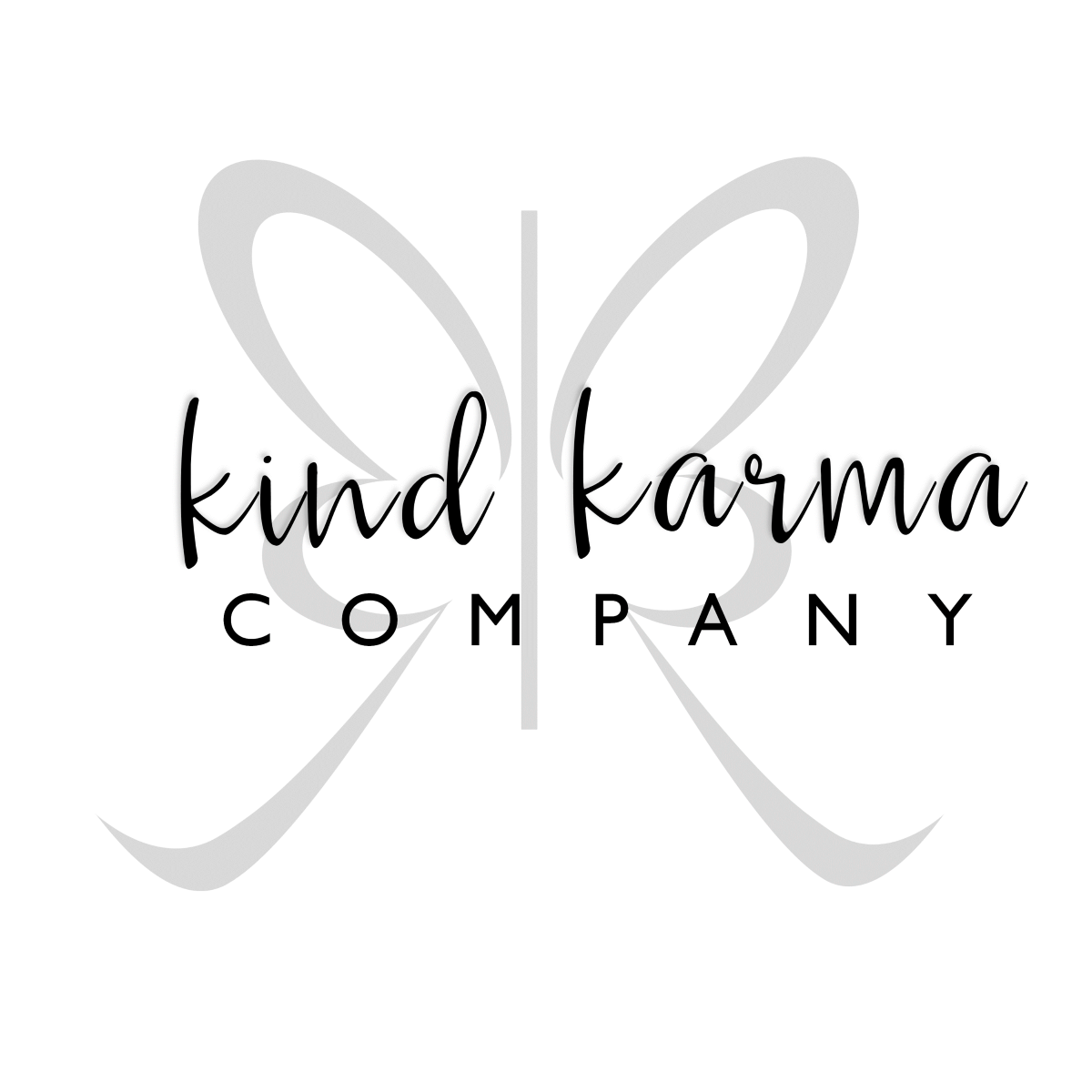April babies have one of the most famous birthstones with a lengthy history that hasn't always sparkled as bright as the stone itself. However, with the rise of awareness regarding the unethical, exploitative and criminal practices surrounding the acquisition of diamonds, many other options have been introduced to present buyers with alternatives that are definitely more kind to people and planet (not to mention, more affordable!). It can sometimes get confusing so we've broken down the differences below.
What are diamonds?

Adopted from the Greek word adamas, meaning “invincible,” diamonds are formed under extreme temperature and pressure conditions more than 75 miles under the Earth’s surface. They more than 99.9% carbon, making it one of the purest gemstones and is the only gem made of a single element. It has an isometric crystal structure which means that its carbon atoms are bonded together the same way in all directions which accounts for its incredible hardness.
How do we get different coloured diamonds?
Diamonds come in a wide range of colors such as black, blue, green, pink, red, purple, orange and yellow. The color is dependent upon the type of impurities that are present in the stone. For instance, yellow diamonds have minuscule traces of nitrogen while blue ones contain boron.
What are lab-created diamonds?

Lab-created diamonds (also known as lab created diamonds, man-made diamonds, engineered diamonds or cultured diamonds) are grown in advanced laboratory environments that mimic the processes that naturally occur under the Earth's crust. As a result, lab-grown diamonds are chemically, physically and optically identical to natural diamonds but present a much more affordable (and often ethical) option.
What's the difference between natural and lab-created diamonds?
The price tag! Since natural and lab diamonds have the same physical, chemical and optical properties, they will also have the same refraction, brilliance and sparkle - gemologists still use the same "4C's" to grade lab diamonds as they would natural diamonds. However, lab-diamonds come at a fraction of the cost which means you can get a bigger diamond for the same price.
There are other minute differences between lab-created and natural diamonds and that involves the process. Natural diamonds may contain trace amounts of nitrogen which lab-created diamonds do not. Also, natural diamonds do have a unique one-of-a-kind quality due to the distinct environment in which they are grown and the different inclusions and imperfections that accompany their growth process.

What are moissanites?
Another popular option that has seen a rise in engagement rings and as a diamond alternative are moissanites. Unlike diamonds, moissanite isn't composed of carbon but is instead comprised of a naturally occurring and rare mineral known as silicon carbide. It was first discovered in 1893 by Henri Moissan (after whom the crystal is named) at the site of a massive meteorite strike in Arizona so it is literally a stone from the stars!
How do moissanites compare to diamonds?
Moissanite are nature's diamond look-alike and is often referred to as a diamond simulant. Their composition is quite different from diamonds which means they are optically different.
Moissanite stones have a higher refraction than diamonds and give off much more sparkle so they have been known to be more brilliant than a diamond. Moissanite's higher brilliance also has the ability to create many more flashes of colour than diamonds which creates a beautifully unique rainbow effect.
Since silicon carbide is so rare, most moissanite gemstones are now lab-created and are a great affordable option since they typically cost a lot less than diamonds so you get a lot more sparkle for your buck (both size and stone-wise!).

What's the most ethical option?
Because there are processes that control growing processes in laboratories including lesser carbon emissions, lab-created gemstones (diamonds and moissanites) are probably the most ethical option. There is also greater traceability into their origins from start to finish. So if you are concerned about ethics, lab-grown options are always the best because they can guarantee that there is no human exploitation, unsustainable gem mining and indirect funding of conflict.
Natural diamonds have also come a long way over the years and with greater awareness surrounding the criminality and environmental impact of diamond mining, there seems to be more demand into transparency of diamond origins to minimize the amount of "blood diamonds" that are readily available. However, these processes are not infallible, so make sure your diamonds are listed as "conflict-free" and always ask questions if you aren't sure!
In a nutshell....
... the investment behind diamond jewelry is always the intention, durability and sustainability because how can we sparkle in stones that do harm? So whether you choose natural diamonds or the lab-created options, make sure you purchase the right stone for your budget and that makes you both look good and do good.
Shop our diamond pieces:
Diamonds: Natural
Crafted with high quality 14KT solid gold and featuring three genuine and conflict-free diamonds to represent past, present and future (with the present stone being the largest as a reminder to enjoy each moment), this ring is a classic that is sure to last forever.

This classic necklace is available in all birthstones but if you're celebrating an April birthday or just love the look of a timeless diamond necklace, this is the piece for you! It's also available as a charm if you have another chain you would like to add it to!
Filigree Diamond and Pearl Earrings
Diamond: Natural
Although the pearls are the statement stone in these earrings, these classic earrings also feature a 0.05-ct conflict free diamond nestled in a delicate filigree flower design crafted in 14KT yellow gold.
Looking for something custom?
The drop earrings in our lab-created diamond section was a custom order for a very special April birthday and we love creating custom pieces! If you are interested in a custom piece, feel free to reach out and we would be happy to let you know if we can get it made.



